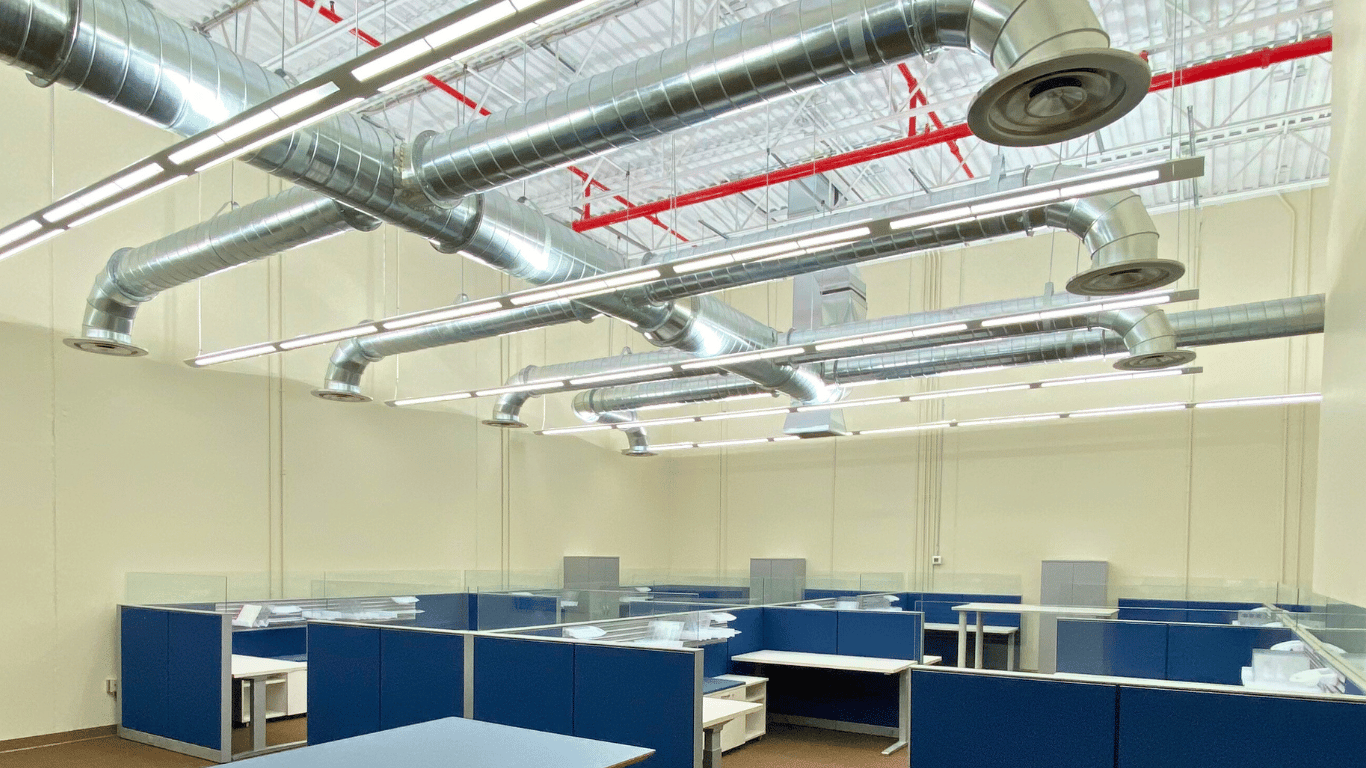
Eco-Friendly Retrofits and Equipment Replacement
Eco-friendly retrofits and equipment replacement involve upgrading existing electrical systems and equipment with sustainable and energy-efficient alternatives. These solutions reduce environmental impact, optimize energy consumption, and contribute to cost savings while supporting businesses' commitment to sustainability in commercial and industrial settings.
Benefits of Eco-Friendly Retrofits and Equipment Replacement
- ● Energy Efficiency: Upgraded systems and equipment consume less energy, leading to significant reductions in utility costs and greenhouse gas emissions.
- ● Compliance with Standards: Eco-friendly upgrades help businesses meet regulatory standards and certifications, such as LEED and ENERGY STAR, enhancing their reputation and credibility.
- ● Reduced Carbon Footprint: Replacing outdated equipment with energy-efficient models lowers the environmental impact of operations, aligning with corporate sustainability goals.
- ● Enhanced Performance: Modern equipment offers improved functionality, reliability, and longevity, reducing downtime and maintenance costs.
- ● Tax Incentives and Rebates: Many governments and utilities provide financial incentives for adopting energy-efficient technologies, offsetting initial investment costs.
Key Retrofit and Replacement Strategies
- ● LED Lighting Upgrades: Replace traditional incandescent or fluorescent lighting with energy-efficient LED fixtures to reduce energy consumption and maintenance costs significantly.
- ● HVAC System Optimization: Retrofit or replace HVAC systems with high-efficiency models and smart thermostats to improve temperature control and energy efficiency.
- ● Motor and Drive Replacements: Upgrade industrial motors and drives with variable frequency drives (VFDs) to optimize power usage and reduce energy waste.
- ● Solar Integration: Install solar panels and inverters to generate renewable energy onsite, reducing reliance on grid power.
- ● Energy Monitoring Systems: Implement advanced energy management systems to track and optimize energy usage across facilities.
- ● Transformer Upgrades: Replace aging transformers with high-efficiency models to reduce energy losses and improve power quality.
Planning and Implementation
Energy Audit: Conduct a comprehensive energy audit to identify inefficiencies, prioritize retrofit opportunities, and develop a tailored upgrade plan.
Cost-Benefit Analysis: Evaluate the financial and environmental benefits of proposed retrofits and replacements to justify investments and achieve long-term savings.
Phased Approach: Implement upgrades in phases to minimize disruption to operations and align with budget constraints.
Vendor Selection: Partner with reputable vendors and contractors experienced in eco-friendly retrofits and equipment installations.
Training and Education: Provide training for staff to operate and maintain upgraded systems effectively, ensuring maximum efficiency and performance.
Conclusion
Eco-friendly retrofits and equipment replacement offer substantial benefits for businesses seeking to improve energy efficiency, reduce costs, and demonstrate environmental responsibility. By adopting sustainable technologies and practices, businesses in commercial and industrial sectors can enhance operational efficiency, meet regulatory requirements, and contribute to a greener future. Investing in these upgrades is a strategic decision that yields economic and environmental returns for years to come.
